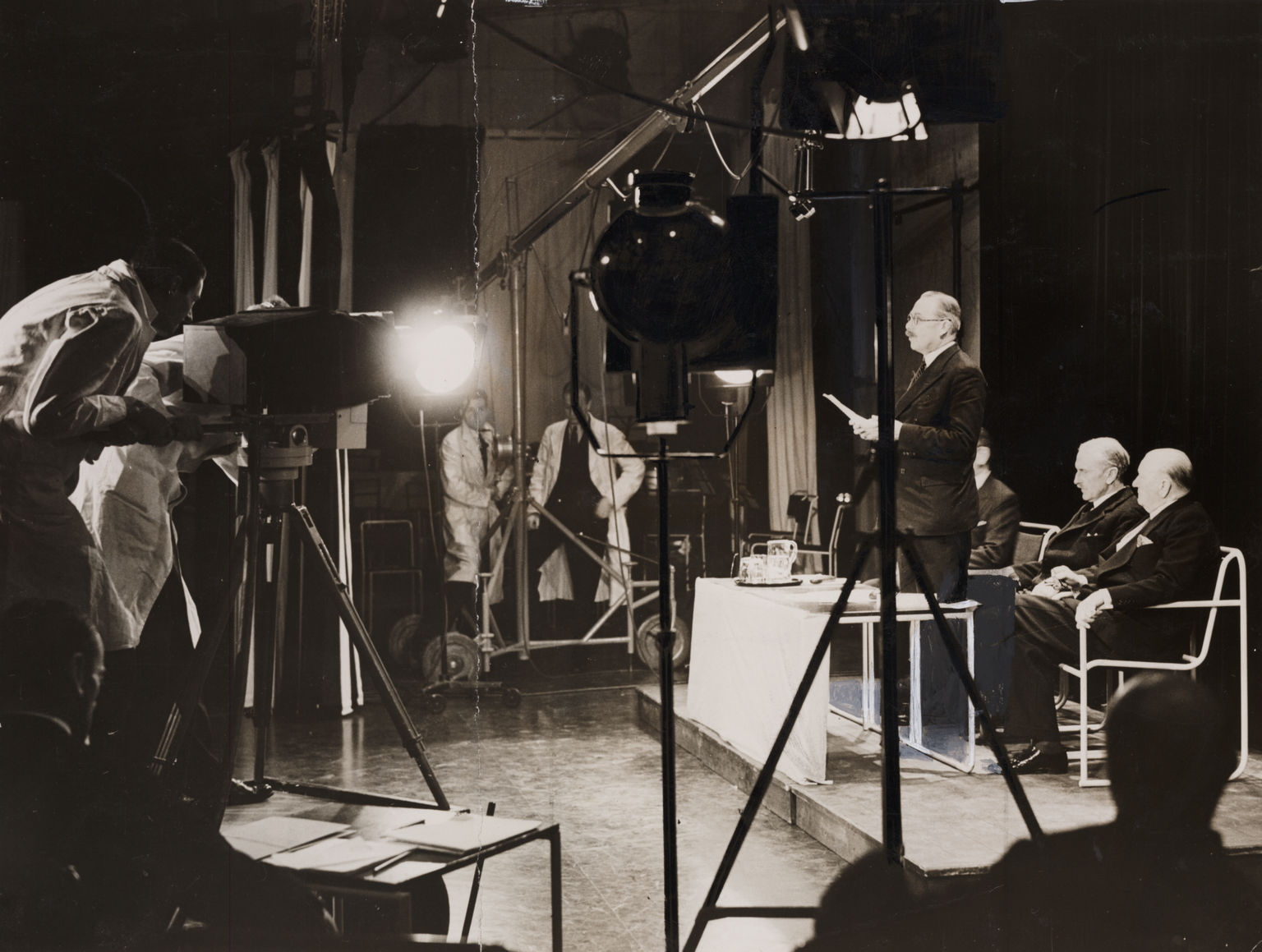
25 years since it launched, James White looks back at the arrival of the UK’s last analogue television channel: Channel 5.

25 years since it launched, James White looks back at the arrival of the UK’s last analogue television channel: Channel 5.

We’ve collected memories and stories about the EMI 2001 television camera from BBC alumni, highlighting how this iconic piece of equipment was used.

Did you know that images from TV were first recorded to disc in 1927? Read on for a short history of the different ways in which television has been recorded, from mechanical to digital.

Whether your heart goes boom bang-a-bang at the thought of Eurovision season, or it’s your own personal Waterloo, here’s a look some of the broadcasting history highlights of the Eurovision Song Contest.

Lewis has returned to our blog after a three-year absence, and to celebrate, he’s picked a selection of his favourite objects from our fantastic TV and broadcasting collections.

Take a closer look at the workings of an enigmatic object from our collection: John Logie Baird’s Double-8 apparatus, used in early demonstrations of television.

Our fantastic summer family exhibition, Action Replay, opens this week. Students from Lapage Primary were the first to check it out. Here’s what they thought…

80 years ago today, Alexandra Palace became the birthplace of British television as we know it.

Iain Baird looks back at the launch of BBC2 50 years ago, and explains how Play School accidentally became the first successfully broadcast show on the new channel.

Iain Baird reveals the technology behind our latest television collection acquisition, and explains why the Scophony television scanner is not to be scoffed at.

As TV Licensing announces that there are now fewer than 12,000 black and white TV licensees remaining in Britain, Iain Baird looks back at the decline of black and white.

Iain Logie Baird investigates the history of the most modern and largest TV factory in all of Europe—just down the road from the museum here in Bradford.